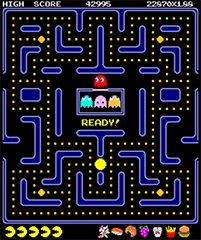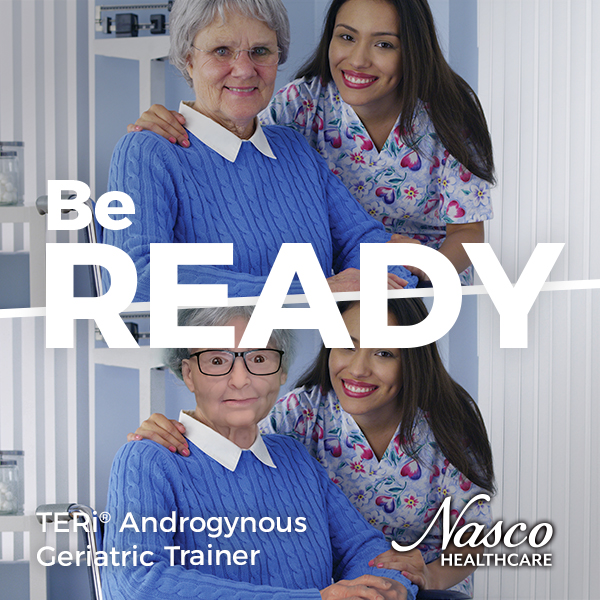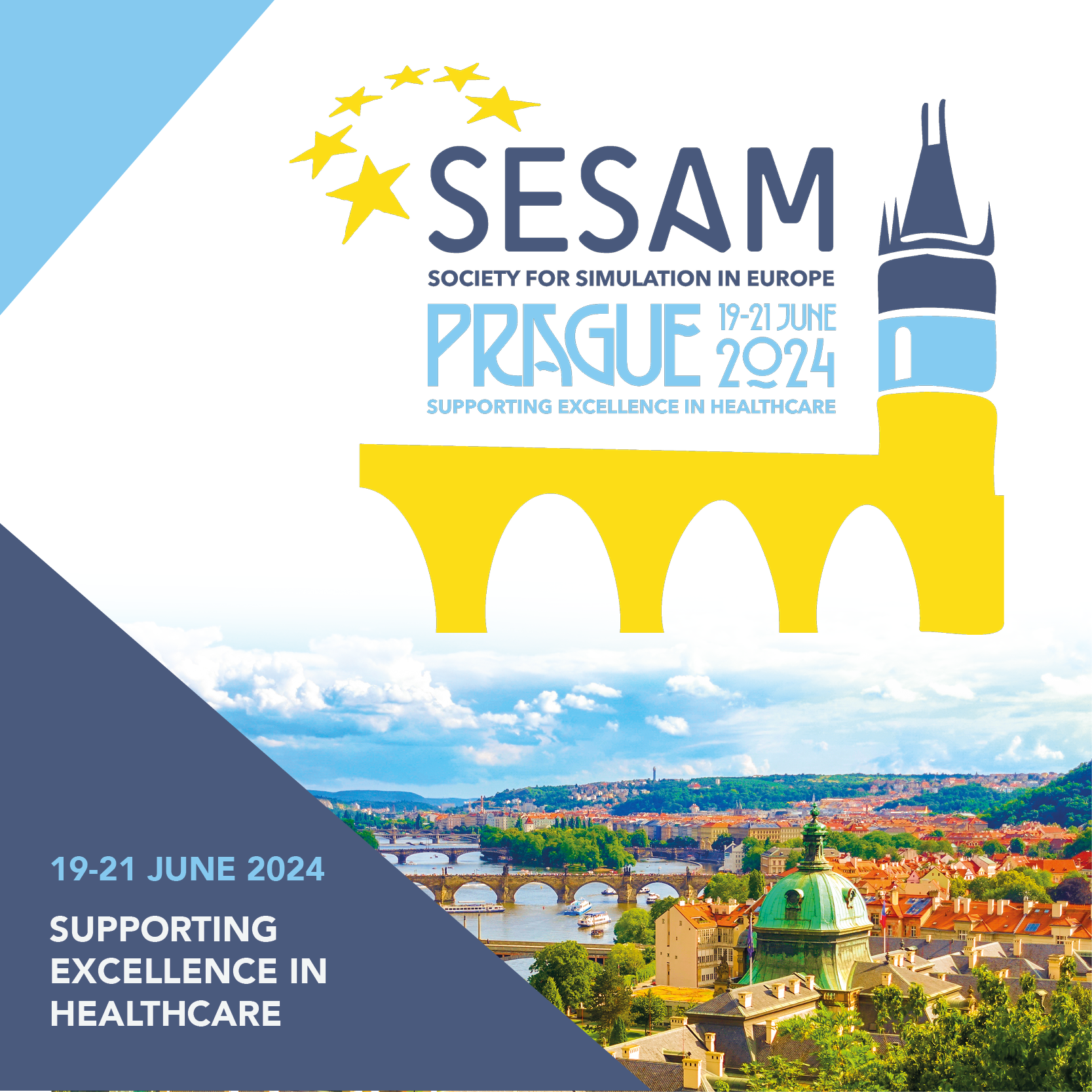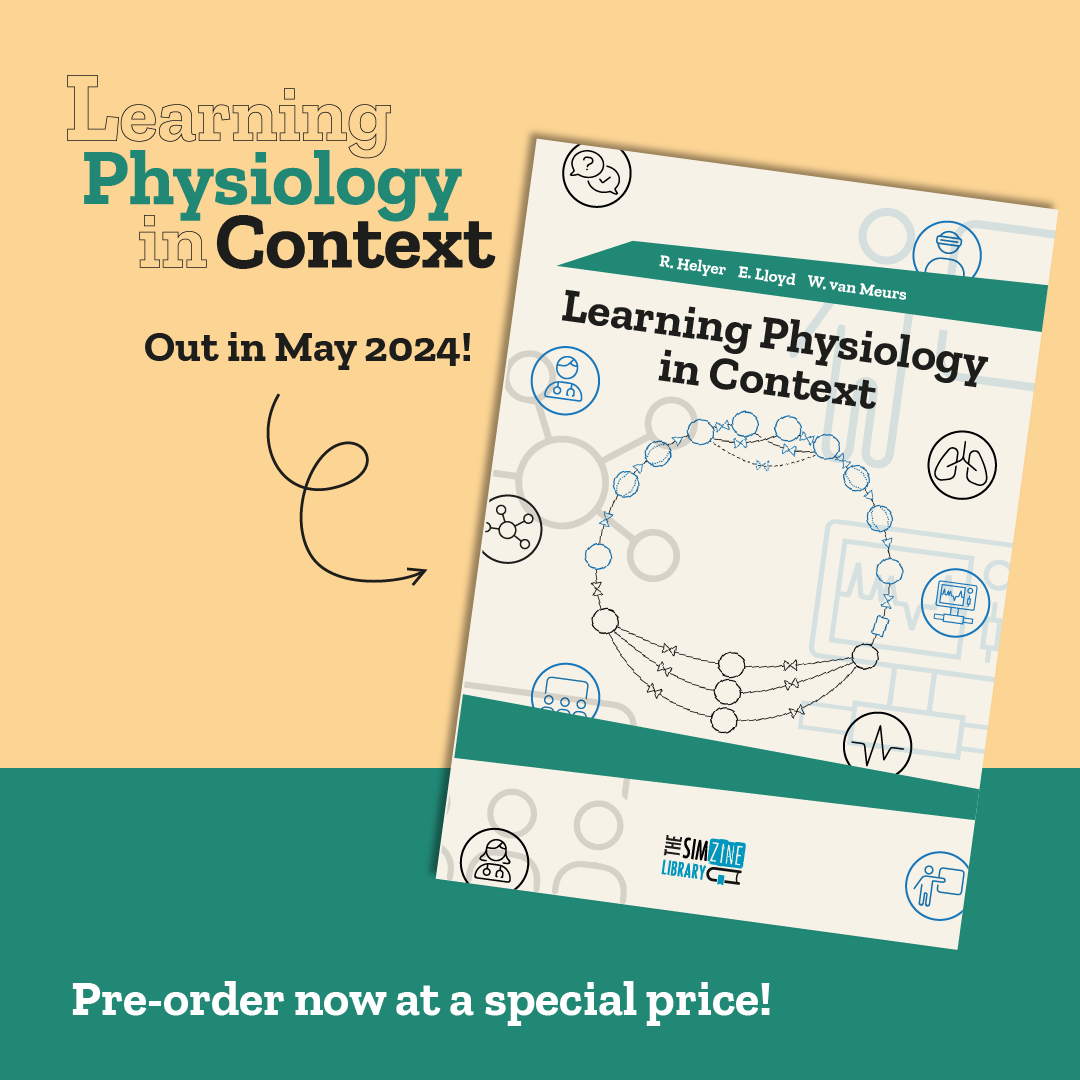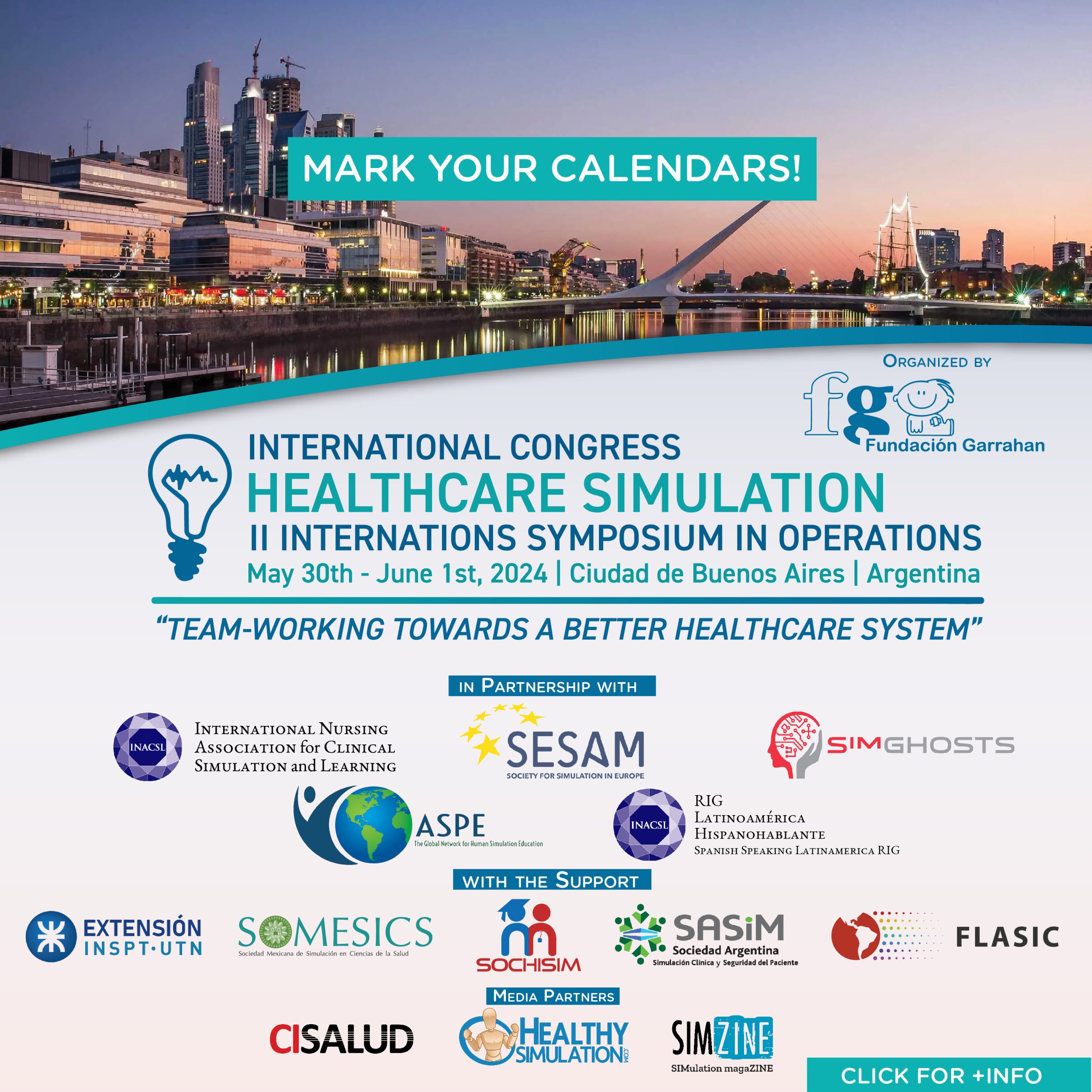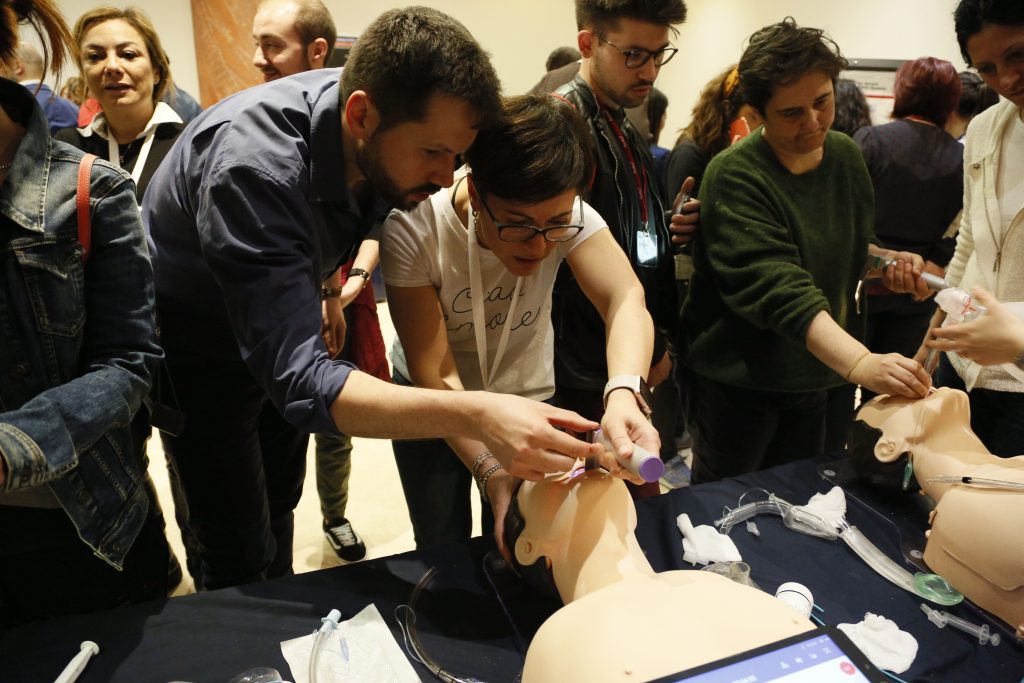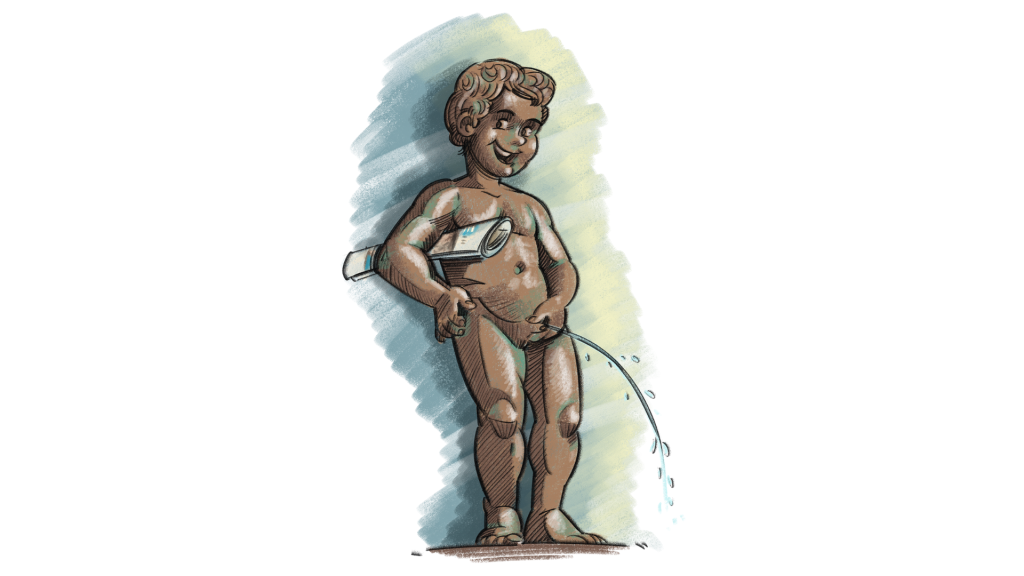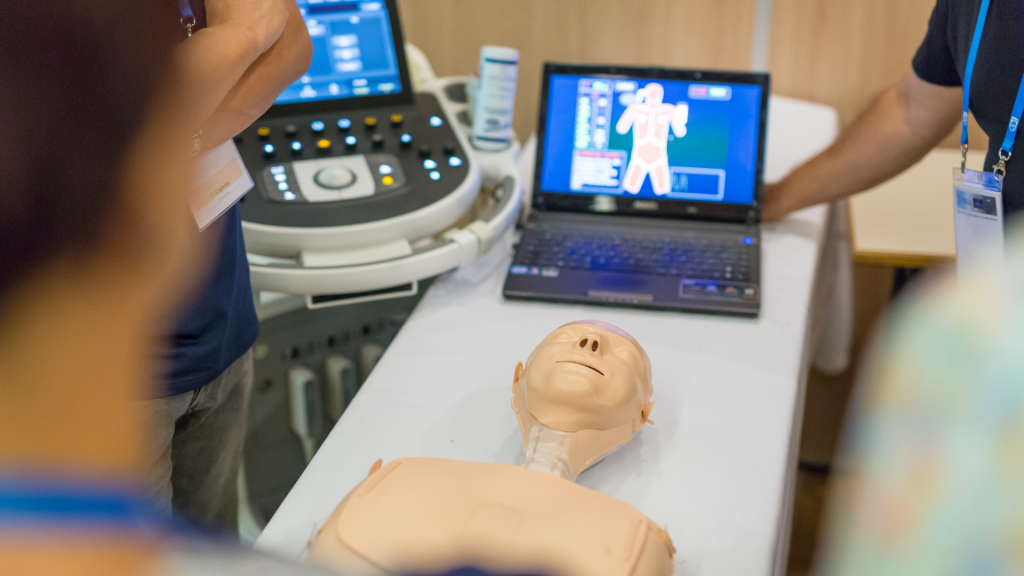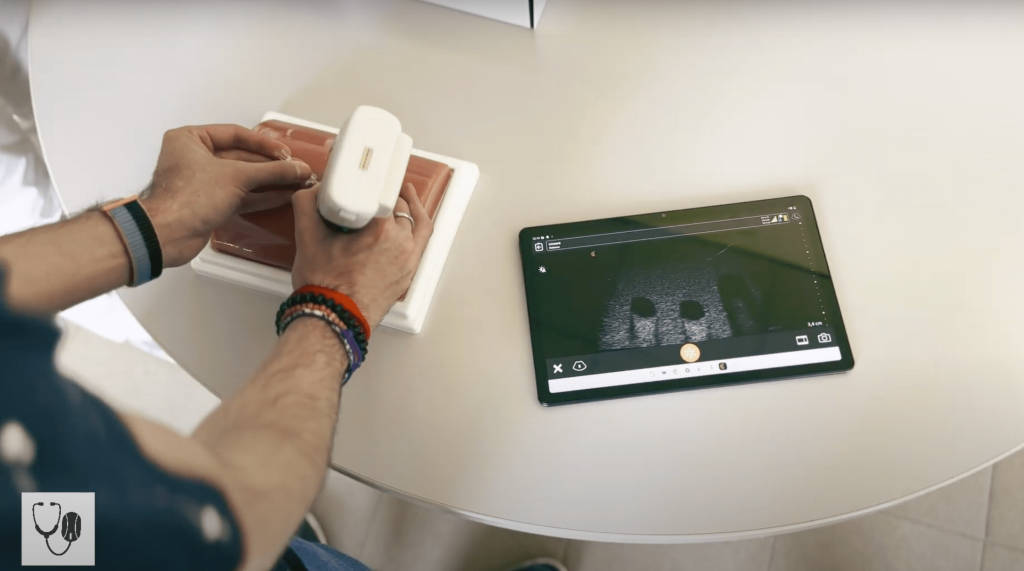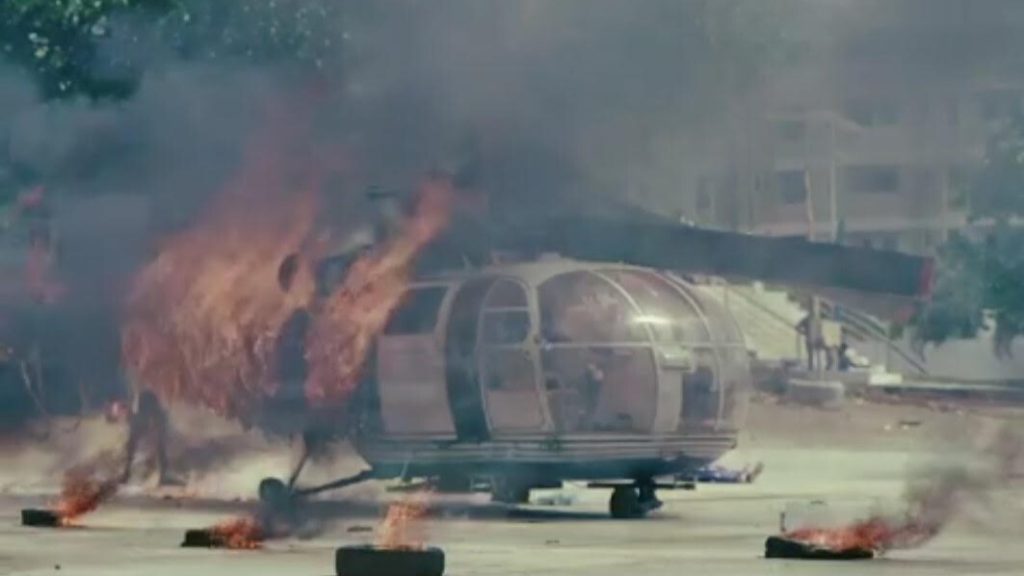Feed on opportunities from everyday and professional life like Pac-Man, to improve non-technical skills and clinical performance
Summer of 2018, I was preparing my thesis in Education and Training Sciences. The topic was the evaluation of transversal competences. I used the term “ISFOL” (Institute for the Development of Workers’ Training, 1997, now the National Institute for Public Policy Analysis), after the MasterClass in Simulation I would have called them non-technical skills!
The typography was dictated by academic indications: line spacing, font, layout… and how to enrich the appearance of so many anonymous pages? After all, the humanities hardly allow the creation of fancy graphs, scatter histograms, not even the “coolest” Kiviat plot (or radar chart).
Public speaking experts emphasize the importance of an attractive design and the only numerical data I could use to insert any graphic, full of bright colors that would attract the attention of the review committee – and even the presenter! – was referring to the chapter “Err is Human”, with a clear reference to Linda Kohn’s book. Aeronautics: 80% of aviation accidents are attributable to the human factor (ENAC “Flight Safety”). Healthcare: Up to 70% of all errors can be attributed to human factors (Crisis Resource Management to Improve Patient Safety 2005).
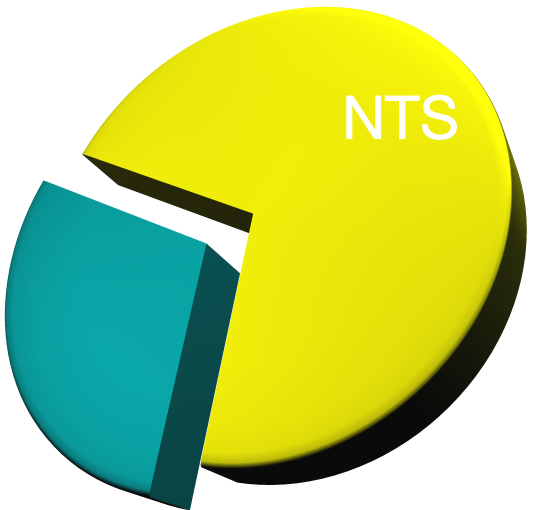
This explains how the graph was born, a beautiful cake, with a large portion (let’s stick with 70%, since I am “healthcare oriented” !!) in yellow and a small one (30%) to represent technical errors.
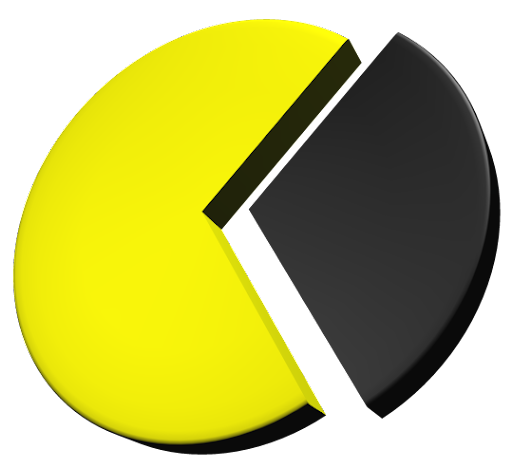
The next step was the creation of the Powerpoint to use during the discussion… Thanks to the umpteenth search for interesting looks, I tried with a black background on my slides, but when I got to the slide with the graph, it happened that the 30% portion, which I had dyed black to clearly separate it from the yellow, was… Lost in the background! Here, with a bit of rotation, appeared… The famous (and my peer…) Pac-Man!
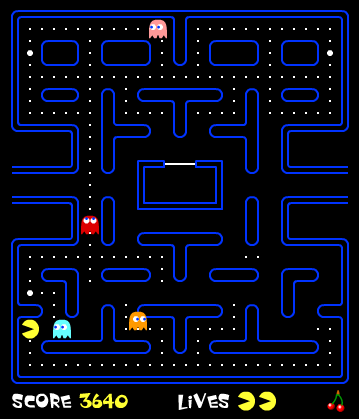
Our Pac-Man, as the literal translation of the name with which it was marketed in Japan says (pakupaku = close and open the mouth), is a “spherical yellow creature” (Wikipedia) that eats numerous points, in some circumstances even ghosts, cherries, strawberries and other fruits!
Summing up, what do we have? A yellow creature, made of non-technical skills, that juggles along a more or less labyrinthine path, dodging ghosts. And like Pac-Man, it feeds on points, that is, on occasions, on opportunities, from everyday life, be it private or professional. In some circumstances it is so “hungry” that it eats up the very technical skills that are a complementary part of us. Captain Antonio Chialastri, referring to the technical skills of the flight crew, states that, although they are essential and irreplaceable, they must be complemented with non-technical ones, which can make the difference between an “accident avoided” and a disaster [Factor Human 3. Teamwork in high-risk environments].
The Pac-Man theory means exactly that: our NON-technical abilities are so overwhelming that they could erase the technical ones!
It means that I have spent the last years of my professional life increasing my technical knowledge, bought dozens of books and manuals, attended webinars (given the time… sigh!) and residential events, which can simply be “eaten” by a non-technical skill. That would mean risking throwing away years and years of technicalities in favor of a skill I probably picked up at who knows what more or less formal “training agency.”
The Pac-Man theory represents the paradox of life, passed to increase specific and increasingly technical knowledge, to try to develop it into skills (I say “try” because we haven’t been able to do it for twenty years… The PISA survey – Program of International Student Assessment-, carried out in 2000 by the Organization for Economic Cooperation and Development, showed that Italy is significantly below the average of other OECD countries), to later reveal, especially in highly complex work contexts ( aviation, health, nuclear power plants, etc.), that the best ones are those with… a stronger Pac-Man.
So be careful not to nullify all of our technical skills due to a shortage of NTS. This is what we see in the field of medical simulation, where opportunities for success are completely eliminated, digested, by insufficient performance in terms of decision making, problem solving, teamwork or communication.
In the resolution of high-fidelity scenarios, as in the aeronautical simulator, those who have considerable technical skills do not emerge, but those who manage their own Pac-Man, those who exploit their transversal skills do.
The Pac-Man theory can also find manifestation in other areas, whenever we insist on the excessive world of knowledge, we forget that it is – more or less consciously – annulled by our being, the human being. Let’s remember Don Abbondio, who flaunted cultural superiority, to hide incomplete NTS.
We invest part of our time in developing NTS, because in the black scheme of life, professional or not, they will make us good players. We could defeat the ghosts, but also accumulate additional points/successes that will appear, even unexpectedly, throughout the maze.



